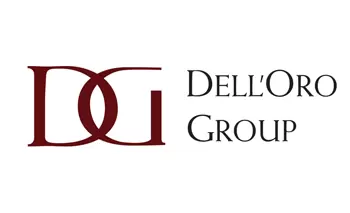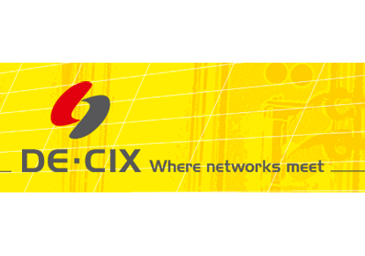On Friday, July 28, SpaceX’s Falcon Heavy rocket launched the Hughes JUPITER 3 mission to a geosynchronous transfer orbit. Three hours and twenty-eight minutes after lift-off, JUPITER 3 successfully deployed from the launch vehicle and the solar arrays were unfolded in space to their full ten-story span. The satellite is now transmitting and receiving. It will undergo extensive bus and payload testing before entering service and augmenting the Hughes JUPITER fleet with more than 500 Gbps of additional capacity.
JUPITER 3, also known as EchoStar XXIV, is the largest commercial satellite to date. From geosynchronous orbit at 95° West longitude, it will provide connectivity across North and South America at speeds up to 100 Mbps. Hughes plans to offer a hybrid service that leverages multipath technology to seamlessly blend satellite and wireless technologies for a faster and more responsive service than traditional satellite internet. JUPITER 3 will also support applications such as in-flight Wi-Fi, enterprise networking and cellular backhaul for mobile network operators (MNOs).
The new satellite features customized architecture based on a broad range of technology advances, including industry-first Q- and V-band gateway feeder links, the miniaturization of electronics, solid state amplifiers and highly efficient spot beam antenna designs. JUPITER 3 is equipped with 300 spot beams. Each beam carries 500 MHz or more, providing more than 1 Gbps to the VSAT users in each cell. It uses Ka-band, Q- and V-band for gateways. Hughes has 18 active gateways, each of which transmits 11 GHz of V-band and Ka band and receives 4 GHz in Q-band.
JUPITER 3 was built by Maxar Technologies in Palo Alto, California.
This was the third launch and landing of these Falcon Heavy side boosters, which previously supported USSF-44 and USSF-67.
“JUPITER 3 is the highest capacity, highest performing satellite we’ve ever launched. As the leading provider and inventor of satellite internet, we’re proud to herald the start of a new era of connectivity and serve more customers where cable and fiber cannot,” said Hamid Akhavan, CEO, EchoStar. “This purpose-built satellite is engineered uniquely to meet our customers’ needs and target capacity where it’s needed most, such as the most rural regions of the Americas, so they can stay connected to the applications and services they depend on every day.”





















